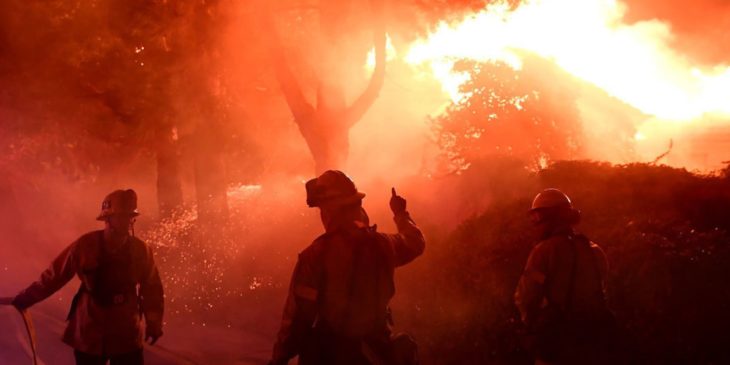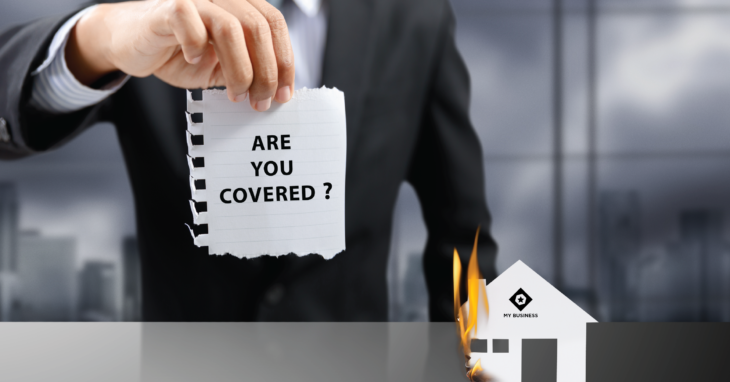If you have a fire, there will be a lot to do in a relatively short time. You will have to find a place for your family to stay, open a coverage claim, secure emergency funding, and start the recovery process. It can feel overwhelming. In the midst of it all, make sure you take the time to read your insurance policy and understand what’s covered.
Contents
3 Parts of Your Coverage
In the broadest sense, there are 3 types of coverage included in most home coverage policies:

Source: NPR
1. Additional Living Expenses
These are the new costs you’ll face since you can no longer enjoy the use of your home. This includes rental costs, gas & transportation, storage, emergency supplies, and food costs above your usual family budget. Be sure to keep the receipts for all of your ALEs. Keep in mind this only covers the additional or increased portion of those costs (for example: you already pay for groceries, so you won’t get your food reimbursed 100%, but if takeout costs 20% more than groceries would have, you may be able to claim that 20%).
2. Personal Contents
This covers the costs of the belongings in your home that you lost due to fire. Including things like clothing, furniture, electronics, art, jewelry, and even food. To claim personal contents, you will have to create a schedule of loss and submit it to the insurance adjuster. The coverage adjuster will need to see evidence of the belongings before approving the expenses. This makes it inadvisable to remove any lost belongings from your home before the damage is documented.
3. Structure
This is coverage for damage to the structure of your home. Structure (or Dwelling) insurance is coverage for damage to walls, floors, roofs, etc. It should pay to restore your home to its pre-loss state.

Source: Los Angeles Times
Fine Print in Your Insurance Policy
There are a few smaller details you will want to look for when you’re reading your insurance policy.
#1 Ordinance Insurance – This additional coverage can help you when you have to repair your home beyond its pre-loss state. This can happen if you need to update the structure to meet present-day building codes. Usually older houses are grandfathered into the new system, but must be updated when renovations happen. Technically the insurer is supposed to rebuild exactly as the home sat before the fire, so if they have to change the rebuild to comply with code upgrades, and if the changes cost more, this coverage can ensure you’re not paying out of pocket.
#2 Replacement Cost vs. Actual Cash Value – When it comes to your contents coverage, you will have signed up for one of these two options. The difference can significantly affect your compensation. Replacement Cost provides you with the compensation for the cost of replacing lost belongings, while Actual Cash Value pays out the value of the specific belongings, taking into account depreciation. Depreciation can leave you short on the money required to replace the belongings.
#3 Insured Perils – These are the perils/causes covered by your insurance policy (for example: coverage for loss by fire, windstorm, etc.). If the insurance company finds that the cause of your loss was not an insured peril, they could reject your claim. For example, if you’ve made a claim for water damage, but the company determines damage was caused by overland flooding, you may not be covered if you didn’t have that coverage type.

Source: King Price
Start Your Insurance Claim
You will have to start your insurance claim quickly. To find the 8 steps you need to take after a house fire, read this and get started on your coverage claim. Take the time to understand your Long-Form Policy. Read it over and ask for clarification when you don’t know what something means.
Your coverage claim should help you and your family get back on your feet. Take the right steps to receive fair compensation.
